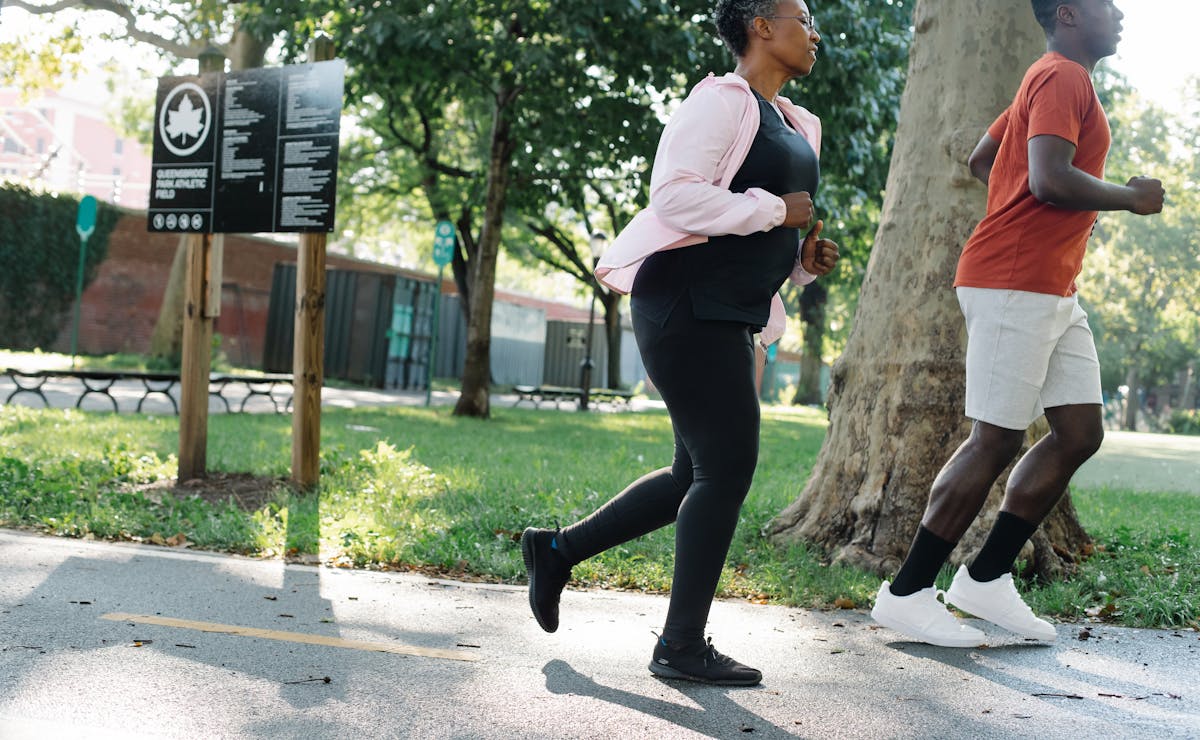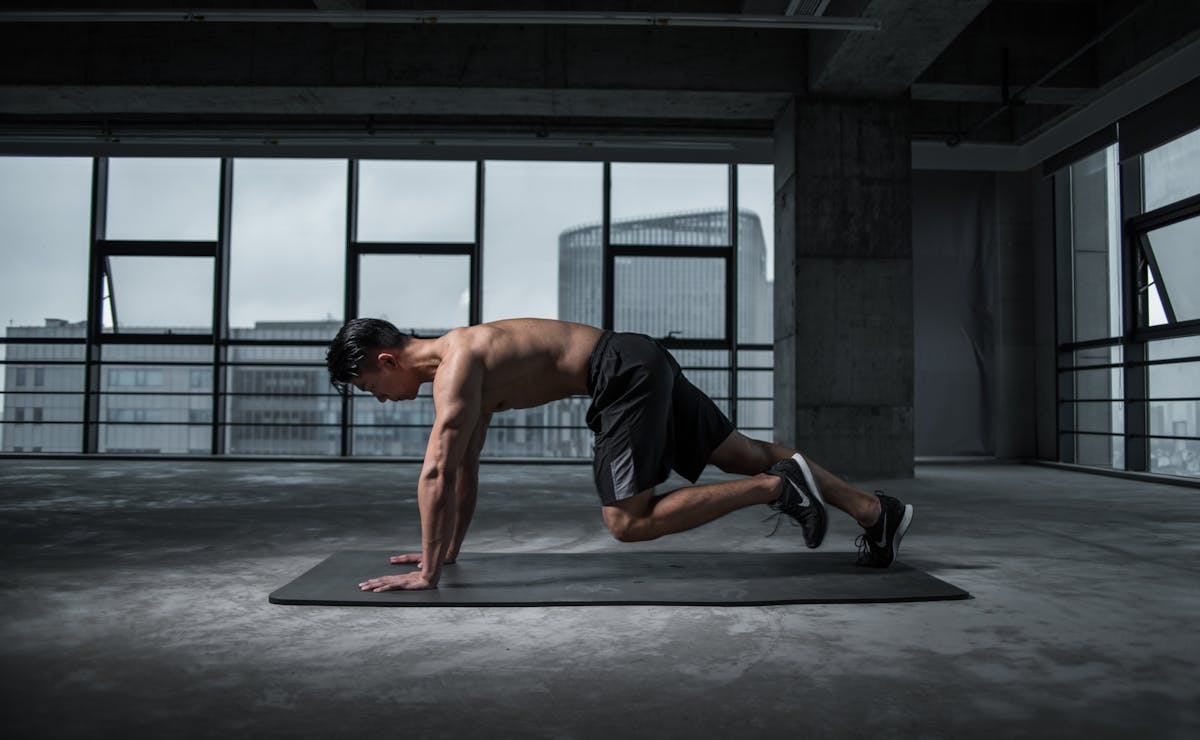If you like walking and you want to lose weight, you must have wondered how to lose weight through running. As we all know, this exercise trend is a good way to burn calories.
However, results don’t always appear as desired. Factors such as fitness, frequency and intensity influence the achievement of this goal, so to learn how to lose weight by running, here’s what to consider before putting on a pair of sneakers.
After all, how to lose weight by running?
If you are just starting out on your quest to lose weight, running can be the starting point . As you get used to walking and increase your speed, your body will respond better to the stimuli of the practice. From there, you can start thinking about losing weight with running training!
However, to see results, your body will need stimulation . At first, you can train at a low intensity and see a difference on the scale, but in the long term, weight loss will only continue if you make an effort.
There is a big challenge here, but with a few adjustments, it is possible to lose weight in a healthy way with running!
The importance of having a coach accompanying you
Having a trainer by your side makes all the difference when your goal is to lose weight by running. This professional will help you:
- Structure the training.
- Balance the stimuli.
- Ensure that evolution happens without exaggeration or stagnation.
With proper planning, you can avoid common running mistakes , stay motivated, and create the consistency needed to see real results. After all, training without direction can be the biggest obstacle between you and weight loss!
Intensity and frequency of training
Here, another point that directly impacts weight loss is the intensity of your workouts . Running at high intensities can wear you out unnecessarily, while running too lightly may not generate the right stimulus.
The ideal? Focus on medium-duration workouts, varying the pace to optimize calorie burning.
The frequency needs to be regular. Three to five times a week is a good way for those who want to lose weight by running, without compromising safety and results.
What can you do in conjunction with running to continue losing weight?
Weight loss is a set of practices that need to be aligned with your goals. In addition to running training, other factors and tools can help you:
Strength training
Strength training is essential to improve your physical fitness , which in turn contributes to your running progress. By strengthening your muscles, you can increase the intensity of your workouts and improve your performance.
Additionally, stronger muscles help improve posture and running technique, making movements more efficient and reducing the risk of injury.
Balanced diet
If you want to lose weight while running, a balanced diet is essential to provide your body with the energy it needs for your workouts. To ensure that weight loss happens in a healthy way, it is important to be in a calorie deficit , that is, to consume fewer calories than your body uses.
Quality sleep
In addition to diet, another essential factor for boosting weight loss is sleep. If you’re not sleeping well, you could be sabotaging your own results – even if you’re working hard.
To ensure quality sleep, make some simple adjustments to your routine:
- Establish a sleep routine.
- Create a peaceful sleeping environment.
- Refrain from using screens right before bed.
And last but not least: running needs to be enjoyable . If you don’t enjoy running, you’ll have a hard time sticking to a consistent routine. The secret to losing weight is regularity and consistency, and that’s only possible when you find an activity that really motivates you!
The importance of adapted running in the sports world!
Adapted running offers athletes with disabilities the chance to integrate into the world of sport, overcoming barriers and showing that their limitations are not an obstacle . With different resources and adjustments, the modality allows each person to find the best way to experience sport.
For athletes with physical disabilities
When the body imposes limits, technology and adaptation overcome them. Today, athletes with some type of physical disability and/or reduced mobility can count on prosthetics and sports wheelchairs that guarantee stability, speed and control , allowing racing to be experienced in its essence.
For athletes with intellectual disabilities
Here, simplicity becomes accessibility. With more intuitive routes, there is the possibility of having the support of specialized coaches, so athletes with intellectual disabilities find in sport a safe and stimulating environment , in which support is part of the process.
For deaf athletes
In this case, the absence of sound is compensated by visual indicators, lights and warning signs that keep all athletes informed and safe throughout the course. In this way, the adaptation ensures that the sport is experienced with intensity and inclusion, without the lack of hearing being an obstacle.
For blind athletes
During adapted running, vision is abandoned for confidence – not one which discourages attachment to the sport. The blind athletes also depend on guide runners’ assistance, who are in charge of pace and the route direction by employing ropes, armbands or voice cues. Furthermore, sound aids are available to point out route variations in order to maintain autonomy as well as security.



